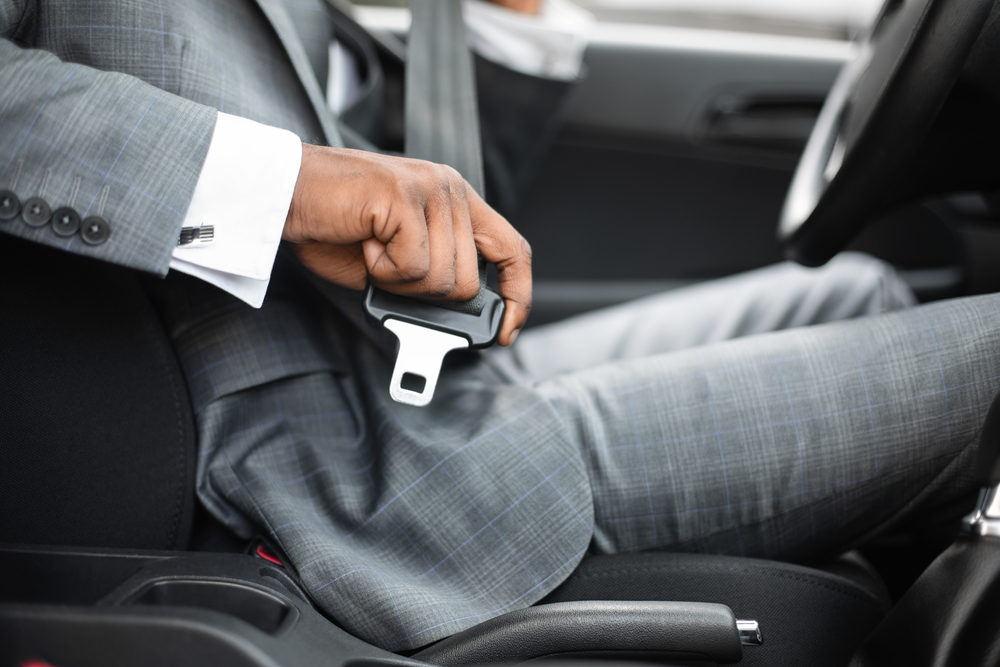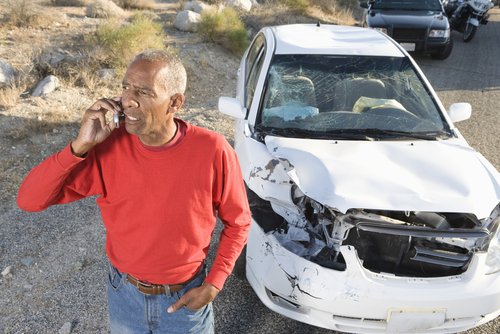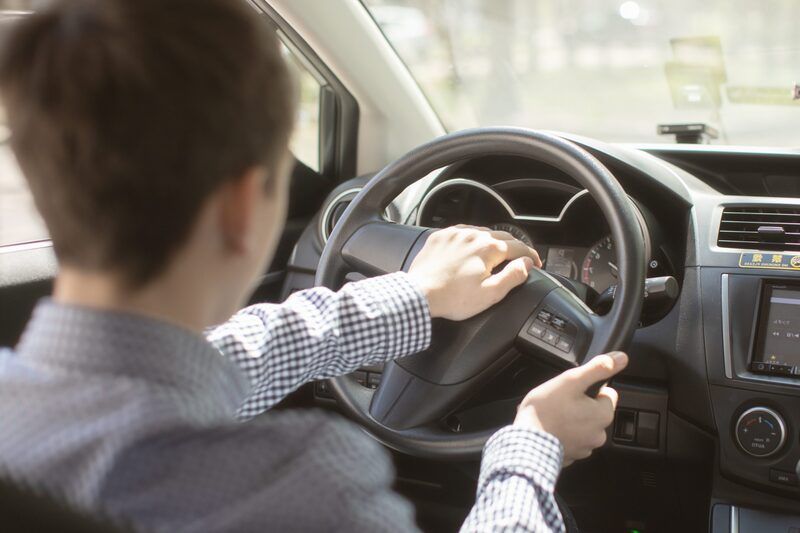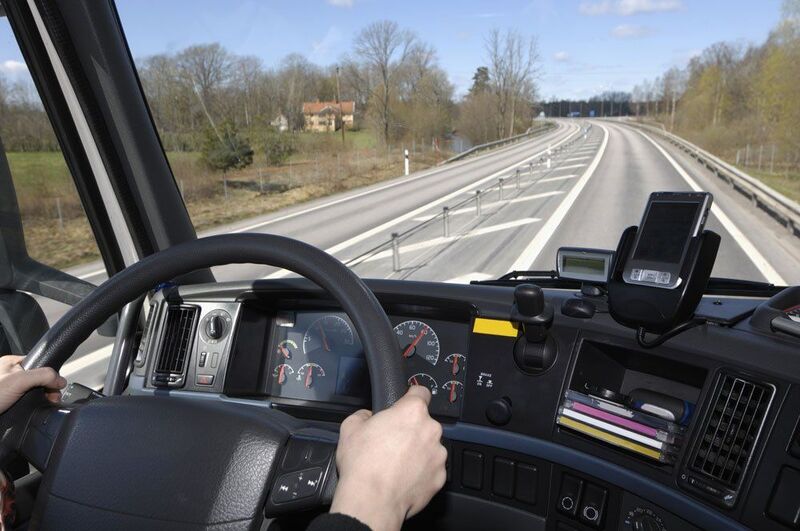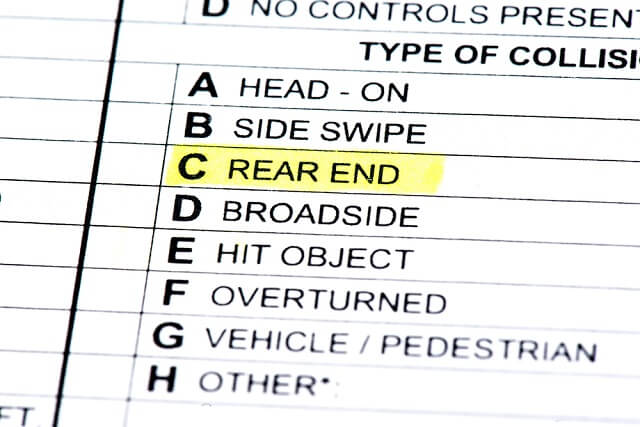
About the Bridge
Originally built in 1956, with a second span added in 1969, the Lake Pontchartrain Causeway is 24 miles long – making it the longest bridge over water in the world. Although the drive across the lake can be scenic and peaceful, with over 40,000 drivers crossing the Causeway each weekday, mishaps are bound to happen. In 2014, there were at least 119 accidents and 2,300 breakdowns on the Causeway.
Fog on the Bridge
In the springtime, fog on the Causeway is a frequent occurrence, and is often dense enough to force travel restrictions for drivers. These restrictions depend on each fog situation, and may include lower speed limits, rolling police convoys, and/or single-lane travel. In addition to following the specific restrictions in place, you should take these other precautions to make your commute as safe as possible.
- Slow down.
Even though the Causeway is straight and mostly flat, fog can make it nearly impossible to see even the car directly in front of you. Fog lowers the contrast you see, making objects appear fainter and less distinct. Motion is also more difficult to accurately judge – fog makes objects appear to be moving more slowly, and we have a harder time discriminating between motion and motionless objects. If something happens a few cars ahead of you, the first sign of it might be the brake lights of the car you are following. Going slower than normal and leaving yourself space to react will help you avoid being part of an accident. - Use your headlights, but not your high-beams.
Low-beam headlights will help you see and be seen in the fog, especially at night. Because the high-beams will reflect more light off the fog and back into you eyes, they actually decrease your visibility. - Do not change lanes.
This is often one of the Causeway fog restrictions, either with travel limited to one lane or with lane changes explicitly prohibited. Even when lane changes are allowed, you should avoid changing lanes unless it is absolutely necessary and safe to do so. You may not see a car approaching in the other lane until it is too late, or a driver in the other lane may not realize you have switched lanes until they get close enough to see your lights. - Minimize unnecessary distractions.
With your perception of speed and distance affected by the fog, you need to have all of your attention focused on the road and your surroundings. Fog often rolls in during the early morning or late evening hours – when drivers are still waking up or tired out from a day at work. Being aware of all other activity on the road keeps you ready to adapt to sudden changes in conditions, whether it be a car slamming on its brakes in front of you or another surprise from a fellow driver.
If you or a loved one has been injured in a car accident, learn about your legal rights from an experienced attorney by filling out our free, no obligation case review form.
Free Case Evaluation
More About HHK
Other Car Accidents News
When you get into a car, fastening your seat belt […]
After you are involved in an auto accident, it is […]
Throughout the country, speed limits are increasing. From highways to city streets, drivers […]
A plaintiff in an automobile accident case can usually count […]
New Orleans, LA Car Accident Compensation Lawyer Car accidents, even […]

